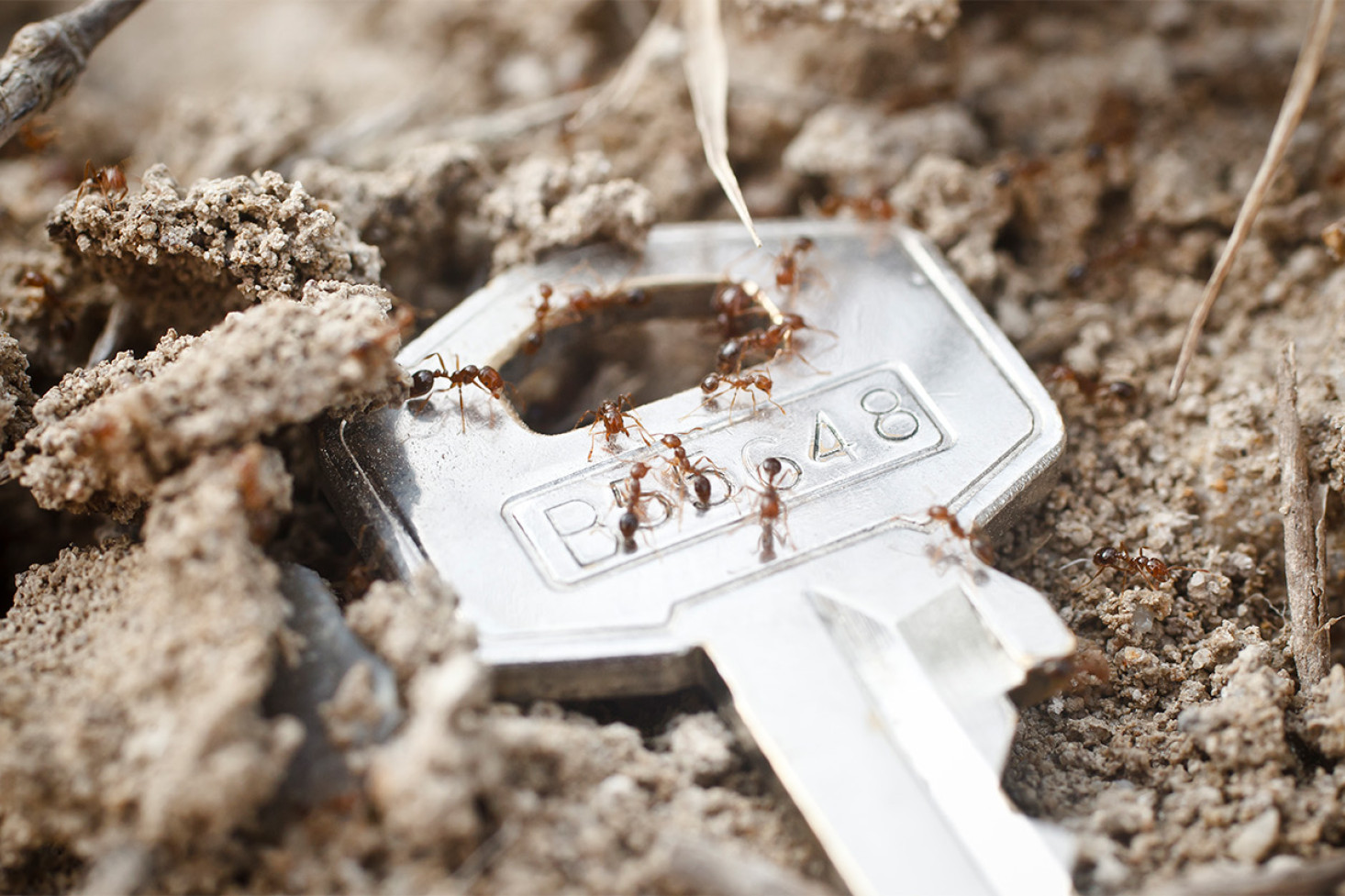General News
17 June, 2025
Fire ants intercepted in Toowoomba
A Cotswold Hills resident has helped prevent the potential spread of fire ants by reporting fire ants found on second-hand machinery purchased from within a fire ant biosecurity zone.

On Friday, 29 May the resident spotted suspect fire ants in organic material inside the loader bucket and on the machine’s frame.
The resident engaged a licensed pest manager to investigate, who recommended reporting the find to the National Fire Ant Eradication Program.
The pest manager treated the ants.
Program eradication officers treated the machinery with a contact insecticide and as a precautionary measure treated the entire property with an insect growth regulator last Monday.
One live worker fire ant was collected for sampling, and no visible nests were found.
Program compliance officers are investigating how live fire ants came to be on the machinery.
This discovery is considered an interception, not a detection, because the ants were contained to the machinery and had not established in the ground.
Marni Manning, General Manager Operations, National Fire Ant Eradication Program said the resident had prevented an infestation.
“This interception is a great example of how early reporting can prevent the spread of fire ants,” she said.
“By reporting what the Toowoomba resident saw and cooperating with our eradication officers, they may have stopped a new infestation.
“Fire ants move easily on machinery and materials, which is why fire ant biosecurity zones and associated movement controls are in place.
“We urge everyone, especially buyers and transporters of machinery and materials that can carry fire ants, to check the zones and follow movement controls before moving anything.
“Eradicating fire ants is a shared responsibility, and we need everyone to do their part to stop them from spreading.”
While fire ants move slowly on their own, human activity, especially the transport of machinery and landscaping materials, can spread them quickly over long distances.
They often hitch rides in soil, hay, mulch, manure, quarry materials, turf, and potted plants, making human-assisted movement the biggest risk to their spread.
In Queensland, fire ant biosecurity zones are in place to reduce this risk.
Anyone handling or transporting machinery or materials within these zones must follow movement controls and use fire ant-safe practices.
Machinery, such as loaders, slashers or excavators, must be thoroughly cleaned and free from soil or organic matter before leaving a zone.
These steps are not just best practice, they are legal requirements under the Biosecurity Regulation 2016.


